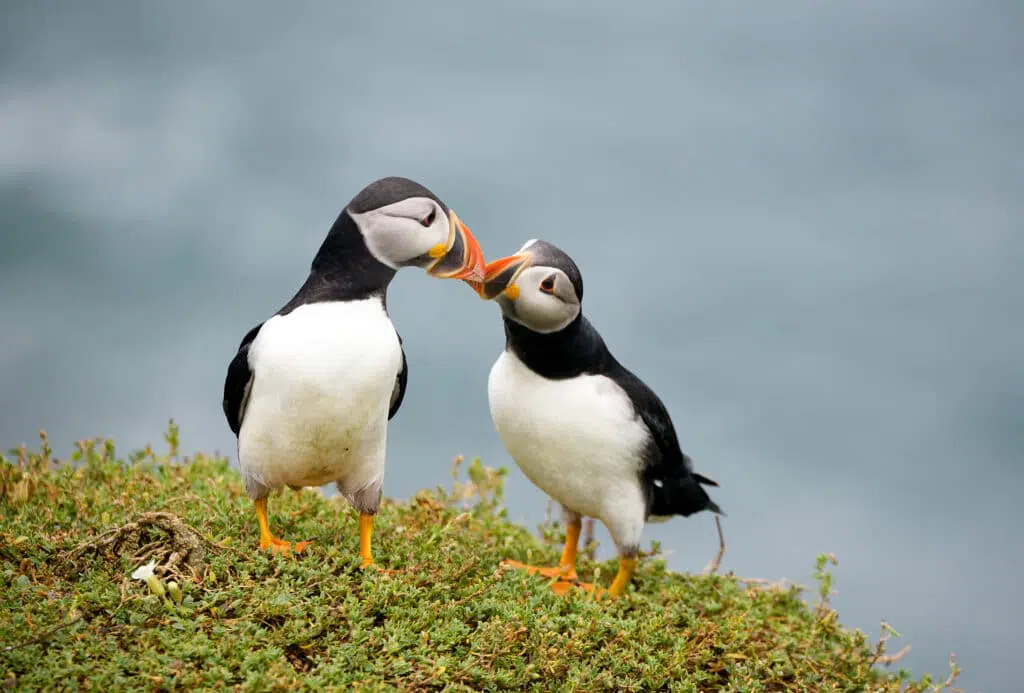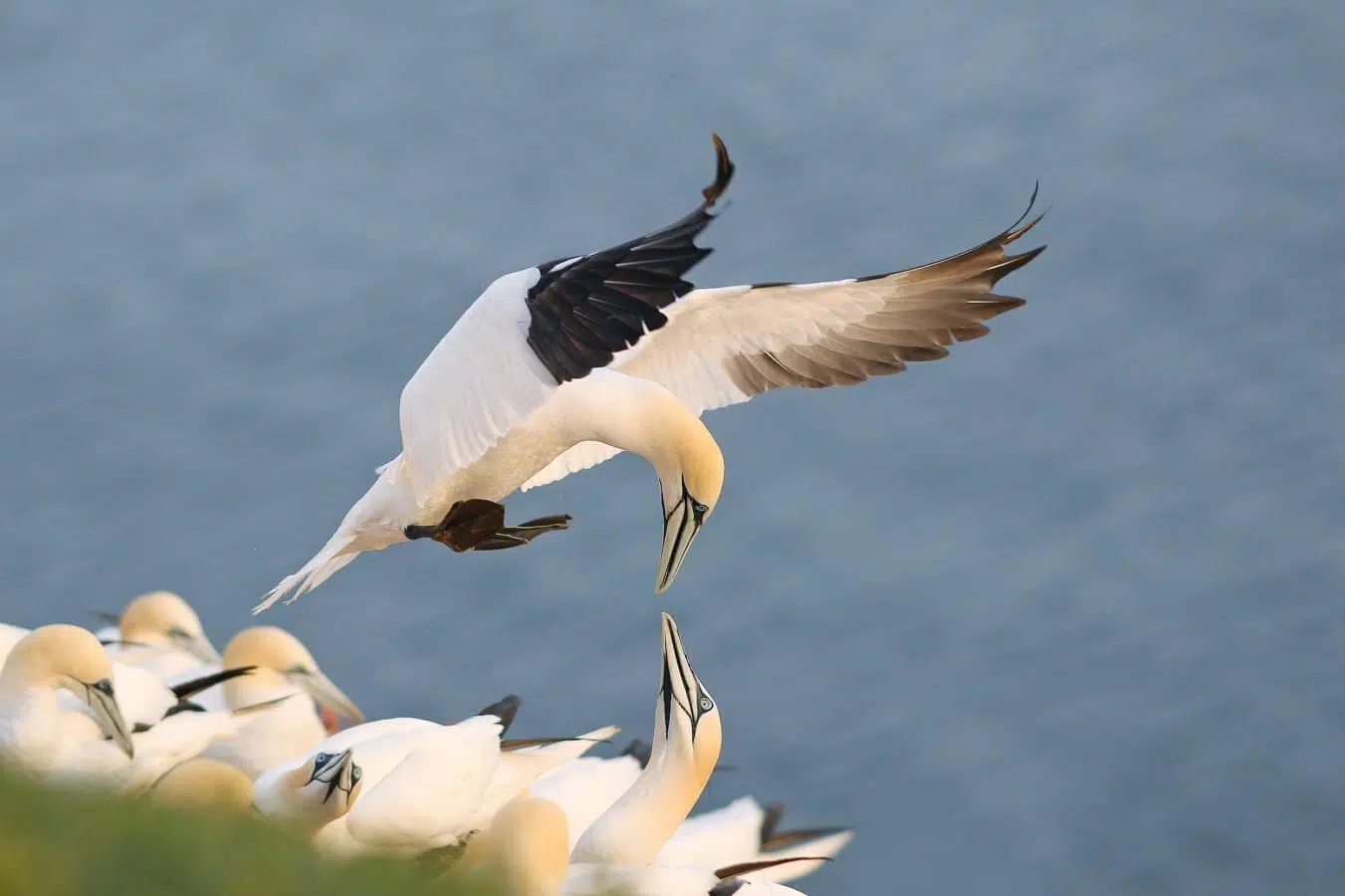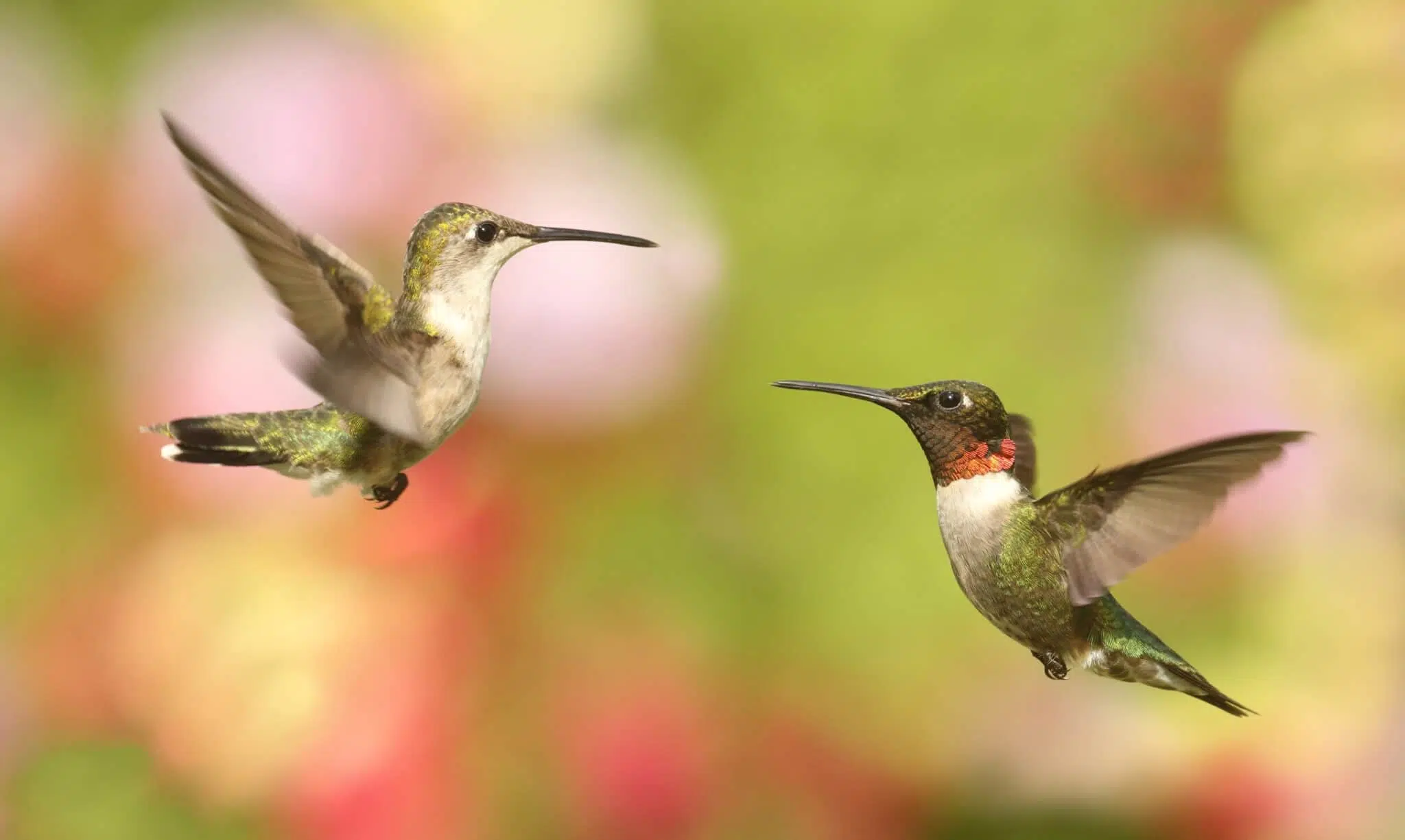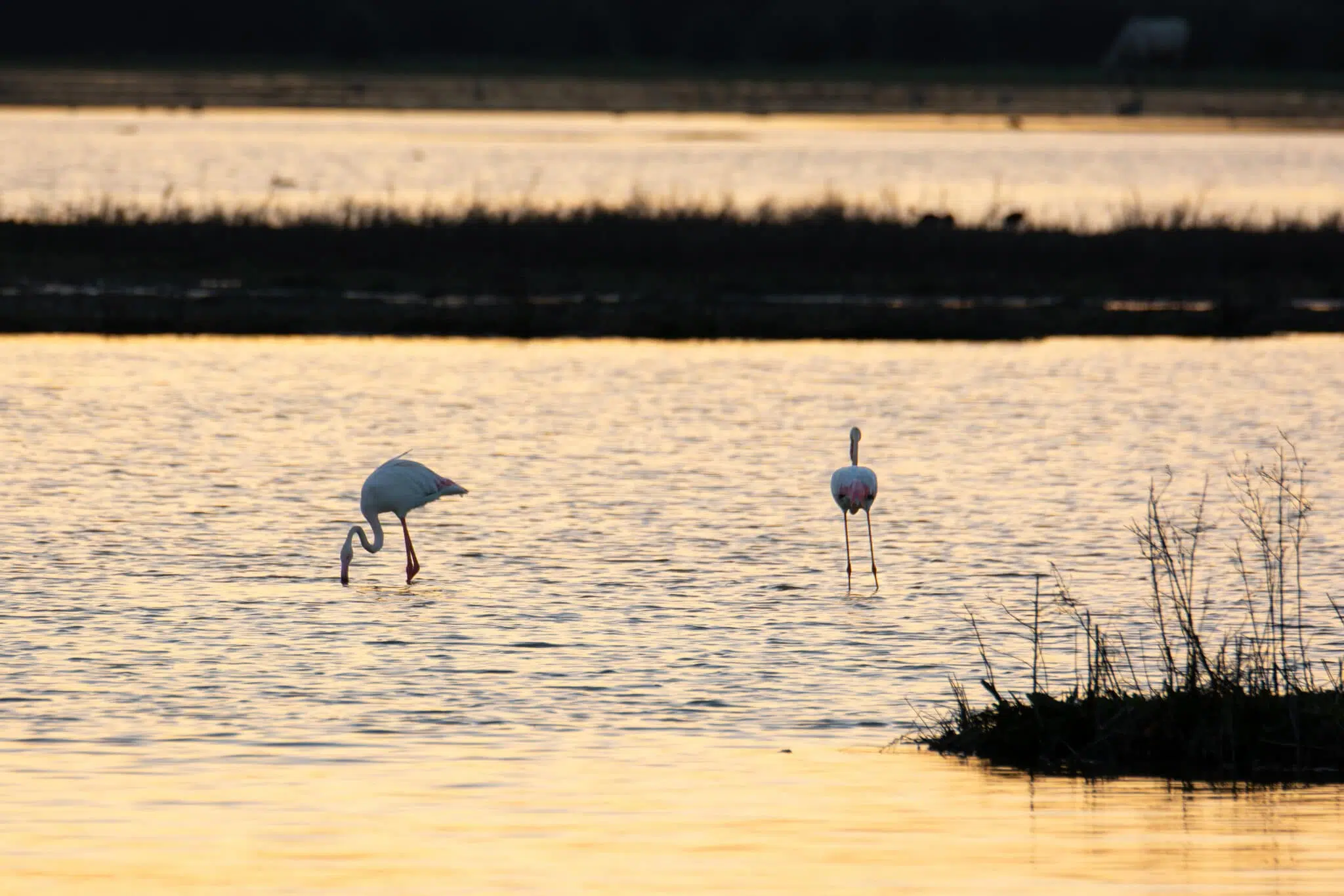This is how you date, mate, and break-up, according to birds

Tips and tricks to flirt like a bird this Valentine's day!
By Marta Vigano‘
Valentine’s day is fast approaching. What better teachers than the feathery creatures of nature to learn how to win your beloved one’s heart?
Globally, birds perform astonishing courtship displays meant to signal their interest in mating. During these rituals, the male usually begins the courtship, showing off his best assets to females who assess his displays, song, and appearance to choose the fittest and most vigorous mate. Raising chicks is no joke for the female birds, better have good genes to maximise the chances to produce healthy nestlings!
Various displays involve dances, singing, food offers, and territory show-offs.
1 – The way to the heart passes through food, said the Tern
Offering foods ranging from fish to little fruits is a common courtship ritual across various bird species, as it shows remarkable hunting skills and the capacity to provide for the nest.
Terns know that well enough, so their mating begins with the male offering a fish to the female, to which follows an elaborate courtship display where he teases her with his offer till she displays back. At that point the bond is created, she can have the fish to eat right away or to save for later, and the copulation can begin.
2 – Life-long long-distance relationships? Albatrosses make them work
To keep up a long-distance relationship is hard work, especially when it involves months apart. Birds can take different migration routes, but when they are reunited, the ritualized behaviours between a couple do not lack creativity.
For example, most Albatrosses mate for life, and members of a pair may be apart for months at sea. When they meet again at their nest site, they go through elaborate displays of strutting, bowing, and bill clapping, which are key to reaffirming their bond.
Although puzzling for the human eye at first, fencing displays carried out by Northern Gannets (Morus bassanus) serve a similar purpose. To relight their spark, these birds stand breast to breast with wings spread and bills vertically extended, they fence and scissor with their bills rapidly, calling loudly at the same time.
3 – Go big or go home, affirms the Ruff
The most outstanding courtship displays are registered among non-monogamous birds, as the males need to go the extra mile to attract the females. It all begins with males arriving and marking a territory in what is known as “lek”, a piece of land where a group of males perform their courtship display competing for the attention of the females.
For many birds, like the Ruff, a type of sandpiper, this involves widening their tufts of feathers, stretching, leaping, bowing, and sprinting around.
Practical for females to assess different options at once, the lek behaviour helps the female identify not only which male claimed the best territory, and is the strongest, but also who is really upping his tufts flaring and dancing game.
4 – Same-sex couples? Why not, explain the Cory’s Shearwaters
Following their heart and pairing up with whomever they want regardless of their gender is not uncommon across bird species.
While same-sex copulation has been rarely registered in birds, some species do choose and resort to same-sex pairings to raise chicks, like in the case of Roseate Terns (Sterna dougallii) and Caspian Terns (Hydroprogne caspia) and Cory’s Shearwaters (Calonectris borealis).
This is particularly likely among monogamous birds. In a Laysan Albatrosses colony in Hawaii, around 30% of the couples were found to be female-female.
5 – I am thinking of ending things (with you), says Black-legged Kittiwakes
Although many bird species are monogamous and will stick to the same partners year after year, they do occasionally divorce. This is due to various reasons including different arrival times to their breeding colony or competition for mates.
Black-legged Kittiwakes (Rissa tridactyla) and Great Skuas (Stercorarius skua) alike divorce at times. Common Murres (Uria aalge) even perform coercive divorce, with intruders entering the territory and splitting the breeding pair to form a new one.
6 – That don’t impress me much – Consent in the world of birds
Just like humans, every single bird is different and doesn’t necessarily present the very same characteristics we attribute to their species, so everything should be taken with a pinch of salt. There’s only one thing that shouldn’t be: no matter how funky your dance is or how delicious your food offering looks, if your lovebird doesn’t accept it or is not impressed with it, you can only acknowledge that and watch them fly away free as a bird.
But don’t despair, there’s plenty of birds in the sky.
Image credits: Mark Barnwell/Shutterstock.com
You might also be interested in:
 | Stichting BirdLife Europe gratefully acknowledges financial support from the European Commission. All content and opinions expressed on these pages are solely those of Stichting BirdLife Europe. The European Commission is not responsible for any use that may be made of the information it contains. |









